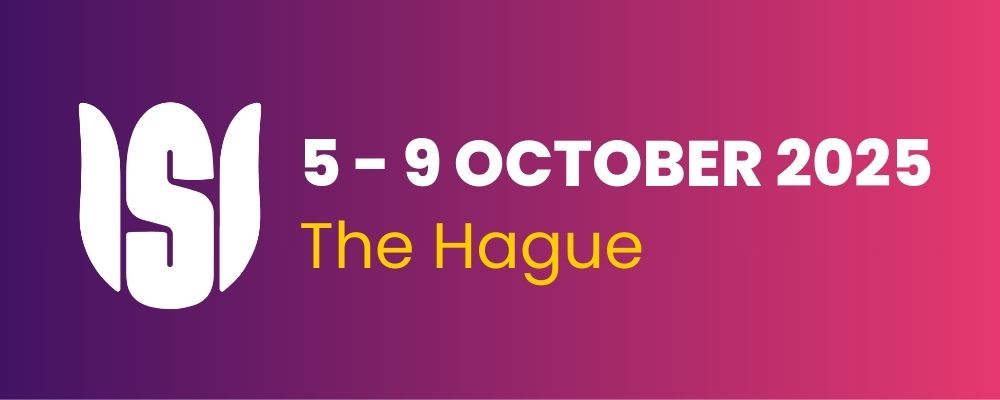Air quality monitoring: combining different types of sensor measurements to debias physicochemical model outputs.
Conference
65th ISI World Statistics Congress
Format: SIPS Abstract
Session: SIPS 1095 - IASC Journal of Data Science, Statistics and Visualisation Session
Wednesday 8 October 9:20 a.m. - 10:30 a.m. (Europe/Amsterdam)
Abstract
This talk deals with air quality monitoring by combining different types of data. More specifically, our aim is to produce (typically at the scale of a large given city) maps of nitrogen dioxide or particulate matter concentrations at different times.
For this purpose, we have at our disposal, on the one hand, concentration maps produced by deterministic physicochemical models at the urban scale and, on the other hand, concentration measurements made at different points, at different times and by different instruments.
These measurements are provided firstly by a small number of reference stations, providing reliable concentration measurements, and secondly by a larger number of micro-sensors, providing biased and noisy measurements. Our approach is to model the bias of the physicochemical model (e.g., due to model assumptions that are not met in practice, such as constant altitude) and to estimate the parameters of this bias using all concentration measurement data. Our model is based on a partitioning of space into different zones within which the bias is assumed to follow an affine transformation of the actual concentration.
Our approach allows us to improve the concentration maps provided by the deterministic models, but also to understand the behavior of micro-sensors and their contribution to the improvement of air quality monitoring.
The proposed approach is first introduced, then implemented and applied numerically to a real data set collected in the Grenoble area (France).

